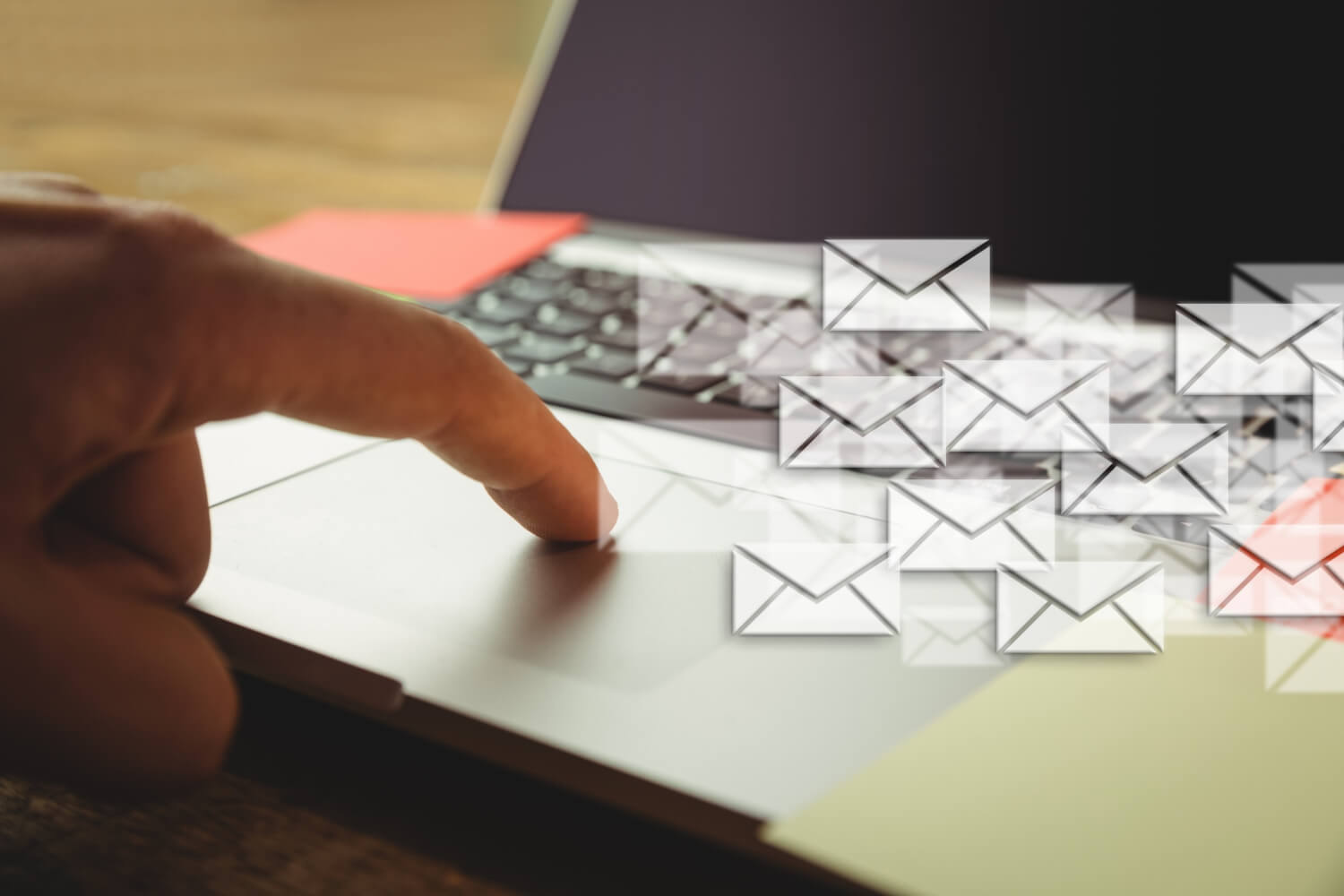Email marketing is a major portion of connecting with customers. But most emails are not read or are deleted without reviewing them again. One big reason is that people receive too many messages that do not feel personal and customized to them. That is where personalization steps in. When emails feel more pertinent and personal, people open them and act more frequently. Here, we explain how email personalization does what it does and how it can get open rates and conversions up in a simple but effective way.
Why Email Personalization Matters:
Hundreds of emails come into every person’s inbox every week, and nine out of ten of them feel like spam. If an email is personalized, it gets noticed. If a message resonates with a person, it creates trust. It’s like the sender has understood the individual’s needs. Personalization is not just adding a name to the greeting. It’s making the whole email appear as if it has been created especially for that one person. It makes the message stand out in a cluttered inbox.
How Personalised Subject Lines Boost Open Rates:
The subject line is what a person sees first. If it doesn’t grab their attention, they won’t open the email. Putting the person’s name or something related to their last activity will make a significant impact. If a person has just purchased something, an email that references it in the subject line feels more relevant to them. This gets people more interested and more likely to click and open the email.
Understanding Customer Behaviour Before You Write:
To make emails personalized, one needs to understand what the customer wants or prefers. This can be determined by observing what pages they look at, what they buy, or what mailings they open. One can craft messages based on their interests by tracking such behavior. If one is looking at sports shoes often, an email on new shoes or offers on them would be more attractive than a general message.
Using Location and Time to Make Emails Relevant:
Personalized emails can also use data like where a person lives or when they are most online. For example, emailing at night when a person is in the habit of online shopping raises the possibility that they will see and read it. If a person lives in a cold area, emailing about winter products is more intelligent than summer products. This shows the company is taking the person’s real requirements into account.
Dynamic Content Generates Stronger Connections:
The same emails can be shown different content to different people even when the email template doesn’t change. This is dynamic content. If two people receive the same email, one would see women’s products and another would see men’s products. It is very personalized. It also makes the customer feel as if the company knows them pretty well, hence the chances of them clicking or buying something increase.
Personalized Recommendations Generate Conversions:
If an individual has looked at a product but did not buy it, a reminder email regarding it may work. It’s even more effective if the email says something about recommended products or products others bought. This is convenient, not annoying. These small gestures show that the brand cares. Individuals are more apt to buy when they notice something that suits their taste or requirements.
Celebrate Personal Moments: It Matters:
Birthday, anniversary, or special milestone celebration emails get a better response. Such emails are thought to be more personal. A simple birthday greeting with a reasonable offer or discount makes the customer feel noticed. Such a message creates loyalty as it makes an emotional connection with the brand.
The Use of Customer Names and Friendly Tone:
Putting the person’s name in the greeting is simple yet effective. It personalizes the email to sound like a note, not a bulk mail. And sprinkling a friendly, warm tone throughout the email doesn’t hurt either. People want to feel as though they are writing to a real person, not a corporation. When emails are written like a conversation, they sound more genuine and nicer to read.
Mobile-Friendly Personalized Emails Are The Key:
All emails are read on mobile phones by everyone. Unless the personalized message can be read on a mobile phone screen, the person can delete it unread. Therefore, all personalized emails should be legible on mobile phones. Easy-to-read messages, short paragraphs, and easy buttons make the email more friendly. This improves the chances of a response or conversion.
Personalization Creates Long-Term Relationships:
Email personalization is not just short-term sales. It builds long-term customer relationships. When someone is reading emails that are helpful and customized to them over time, they begin to trust the brand. This trust creates more sales, more clicks, and more loyalty. It turns one-time customers into repeat customers.
